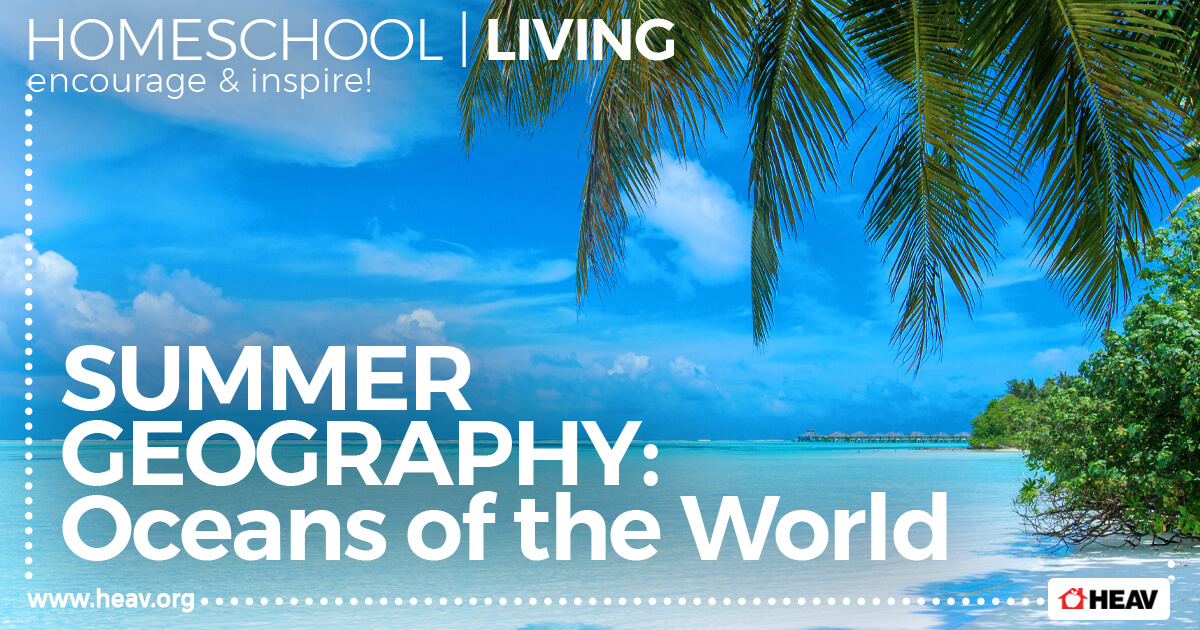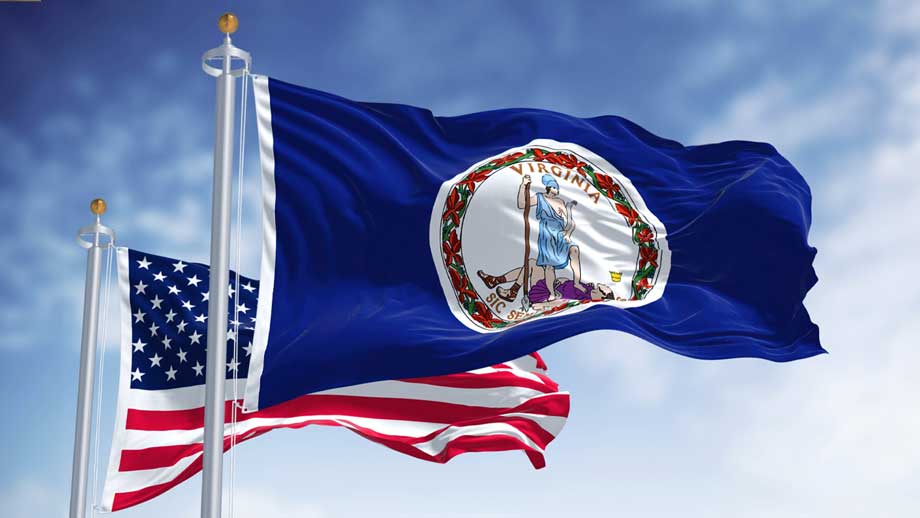Ocean Geography Unit Study
We’re coming up on that time of the year when millions of people flock to the beaches and oceans for summer vacation. Whether you’re headed to the water yourself, or sticking close to home this year, you can travel the world from your homeschool with a geography unit study exploring the oceans of the world. Check out this Homeschool Living for resources to help you create your own ocean unit study for your summer homeschool.
High Seas and Ocean Summer Facts
Start on the Pacific coast with the biggest ocean. The Pacific Ocean is by far the largest of the five world oceans, containing more than a third of the oceans’ water. Check out more fun facts about the world’s largest ocean here.
Next, head north to the Arctic. The world’s coldest ocean is home to an array of resilient wildlife. You can learn about the Arctic Ocean, its functions and its challenges, at WorldWildlife.org.
From there, head south around the coast of Asia until you get to the Indian Ocean, the warmest of the world’s oceans. The third-largest ocean provides a home for some interesting ocean life and serves as the most important and busiest route for the transportation of oil.
You might not have learned about the Southern Ocean in school. Scientists have debated for decades whether or not there are four or five major world oceans, and in 2000, the Southern Ocean was officially chosen as the name of the ocean surrounding Antarctica at the southern tip of the globe.
Finally, return home across the Atlantic Ocean, the world’s saltiest ocean. This webpage from the National Weather Service features a map of the world’s oceans and their average salinity, as well as some fun hands-on activities and experiments.
Interested in taking your ocean study below the surface and exploring sea life? Check out this Homeschool Living for a sea creatures unit study.








